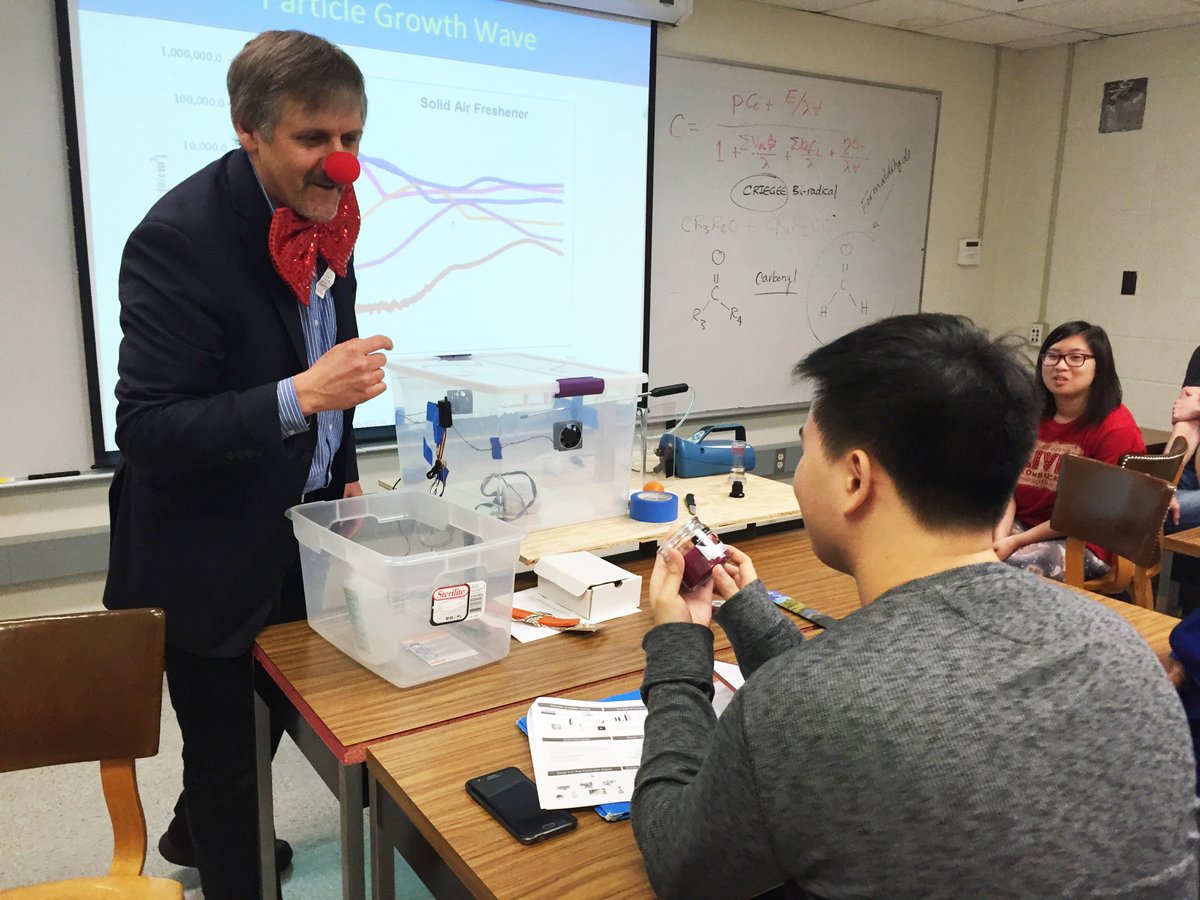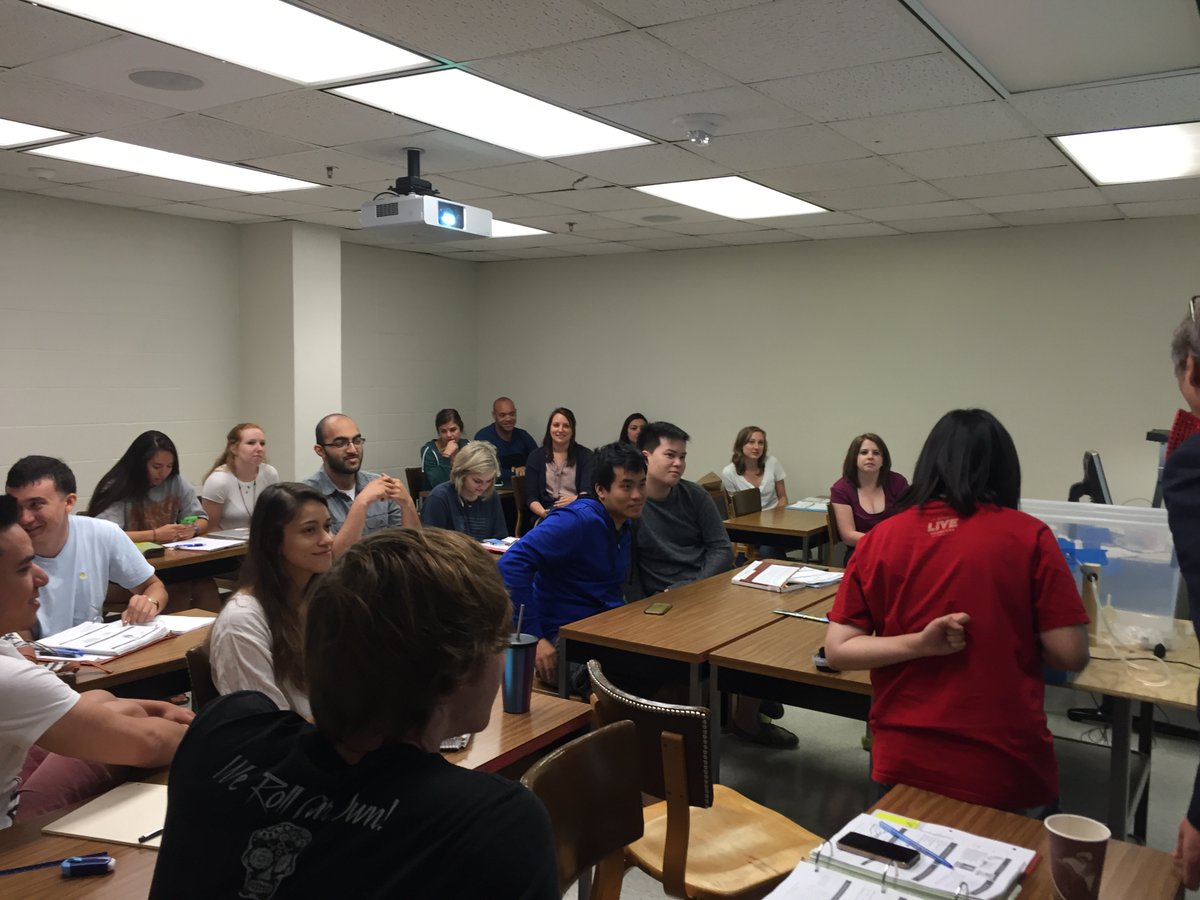
1/ Thank you, Dr. @lisa_iannattone, and right on! And as an environmental engineer I never learned about physiology, internal organ function, etc. The best scenario is when we all work and learn form one another. That's the way we take on big challenges effectively. 👇👇👇👇
https://twitter.com/lisa_iannattone/status/1350636508835934210
2/ Many years ago I was a PI on an NSF IGERT grant that involved students across 6 colleges at UT Austin. They wrote a wonderful editorial about the importance of interdisciplinary collaboration. onlinelibrary.wiley.com/doi/full/10.11…
3/ The last paragraph in their editorial is particularly relevant.
And now four faculty members on that list of co-authors. @EllisonCarter, @etgall, @stephensbrent, James Lo.
And now four faculty members on that list of co-authors. @EllisonCarter, @etgall, @stephensbrent, James Lo.
4/ A few years later I wrote this editorial about the lack of innovation that stems from scholars staying in their own intellectual trenches (this followed a closing plenary that I gave on the same topic at Indoor Air 2014 in Hong Kong).
onlinelibrary.wiley.com/doi/full/10.11…
onlinelibrary.wiley.com/doi/full/10.11…
5/ Whether deadly pandemics or climate change, major challenges require those from different disciplines to collaborate and not engage in combat, to put minds together and not to practice isolation. That's how we collectively solve and overcome.
• • •
Missing some Tweet in this thread? You can try to
force a refresh





